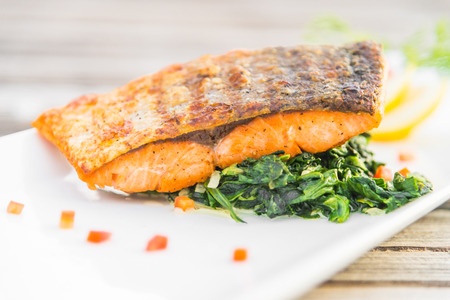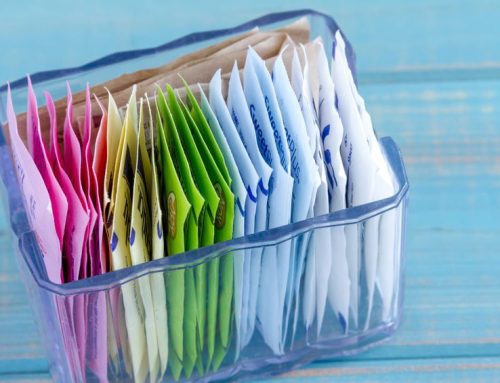Wondering how to avoid migraines? A new study demonstrates that consuming a diet with more fish fats, less vegetable oils can reduce migraine headaches.
According to this study, a diet higher in fatty fish helped frequent migraine sufferers reduce their monthly number of headaches and intensity of pain compared to participants on a diet higher in vegetable-based fats and oils.
How to Avoid Migraines
Migraine, a neurological disease, ranks among the most common causes of chronic pain, lost work time, and lowered quality of life. More than 4 million people worldwide have chronic migraine (at least 15 migraine days per month) and over 90% of sufferers are unable to work or function normally during an attack, which can last anywhere from four hours to three days. Women between the ages of 18 and 44 are especially prone to migraines, and an estimated 18% of all American women are affected. Current medications for migraine usually offer only partial relief and can have negative side effects including sedation, and the possibility of dependence or addiction.
A diet higher in fatty fish helped frequent migraine sufferers reduce their monthly number of headaches and intensity of pain compared to participants on a diet higher in vegetable-based fats and oils, according to a new study.
Migraine Study
A team of researchers from the National Institute on Aging (NIA) and the National Institute on Alcohol Abuse and Alcoholism (NIAAA), parts of the National Institutes of Health; and the University of North Carolina (UNC) at Chapel Hill collaborated to learn more about how to avoid migraines.
• This was a study of 182 adults with frequent migraines.
• In a 16-week dietary intervention, participants were randomly assigned to one of three healthy diet plans.
• Participants all received meal kits that included fish, vegetables, hummus, salads, and breakfast items.
• One group received meals that had high levels of fatty fish or oils from fatty fish and lowered linoleic acid.
• A second group received meals that had high levels of fatty fish and higher linoleic acid.
• The third group received meals with high linoleic acid and lower levels of fatty fish to mimic average U.S. intakes.
During the intervention period, participants monitored their number of migraine days, duration, and intensity, along with how their headaches affected their abilities to function at work, school, and in their social lives, and how often they needed to take pain medications.
Migraine Study Results
• When the study began, participants averaged more than 16 headache days per month, over five hours of migraine pain per headache day, and had baseline scores showing a severe impact on quality of life despite using multiple headache medications.
• The diet lower in vegetable oil and higher in fatty fish produced between 30% and 40% reductions in total headache hours per day, severe headache hours per day, and overall headache days per month compared to the control group.
• Blood samples from this group of participants also had lower levels of pain-related lipids.
• Despite the reduction in headache frequency and pain, these same participants reported only minor improvements in migraine-related overall quality of life compared to other groups in the study.
According to the Researchers
• “This research found intriguing evidence that dietary changes have potential for improving a very debilitating chronic pain condition like migraine without the related downsides of often prescribed medications,” said Luigi Ferrucci, M.D., Ph.D., scientific director of NIA.
• According to Chris Ramsden, a clinical investigator in the NIA and NIAAA intramural research programs, “Changes in diet could offer some relief for the millions of Americans who suffer from migraine pain,” said Ramsden. “It’s further evidence that the foods we eat can influence pain pathways.”
Click here to read more about how to avoid migraines.






